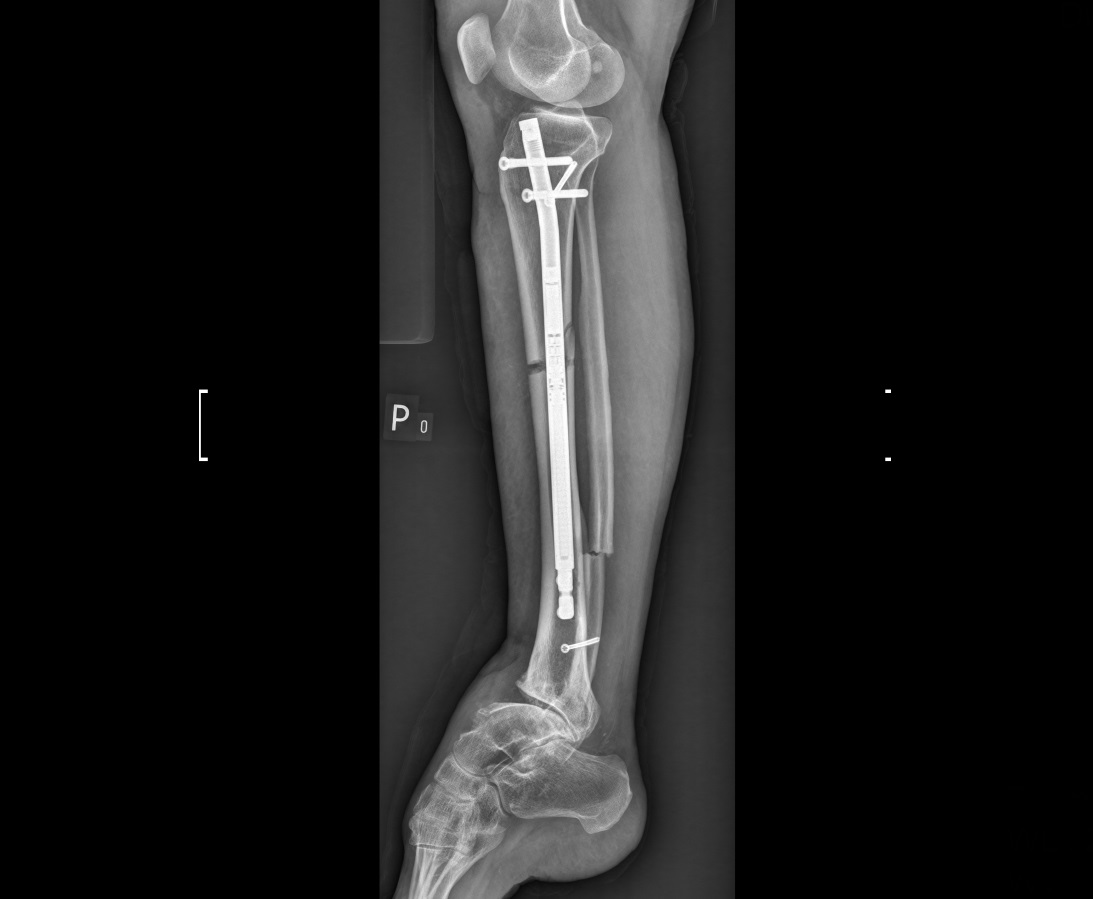In our clinic, we perform a procedure of lower limbs lengthening with a device that is using a magnetic field.
It consists of special intramedullary growing nails, which change their length because of an internal mechanism stimulated by a magnetic field. It is a modern method, an alternative to traditional lengthening techniques used in medicine since the 1950s.
The indication for the surgical limb lengthening is bone length asymmetry, congenital or resulting from an injury. Uneven leg lengths often cause limping, pain and discomfort with daily activities. Uncorrected, it quickly leads to deformation and degenerative changes in joints and the spine.
A particular indication for limb lengthening is short stature, which causes psychological discomfort to the patient. Limb lengthening allows not only to achieve higher height, but also to improve the proportions of the whole figure, gain self-confidence, increase self-esteem and improve the quality of life.





